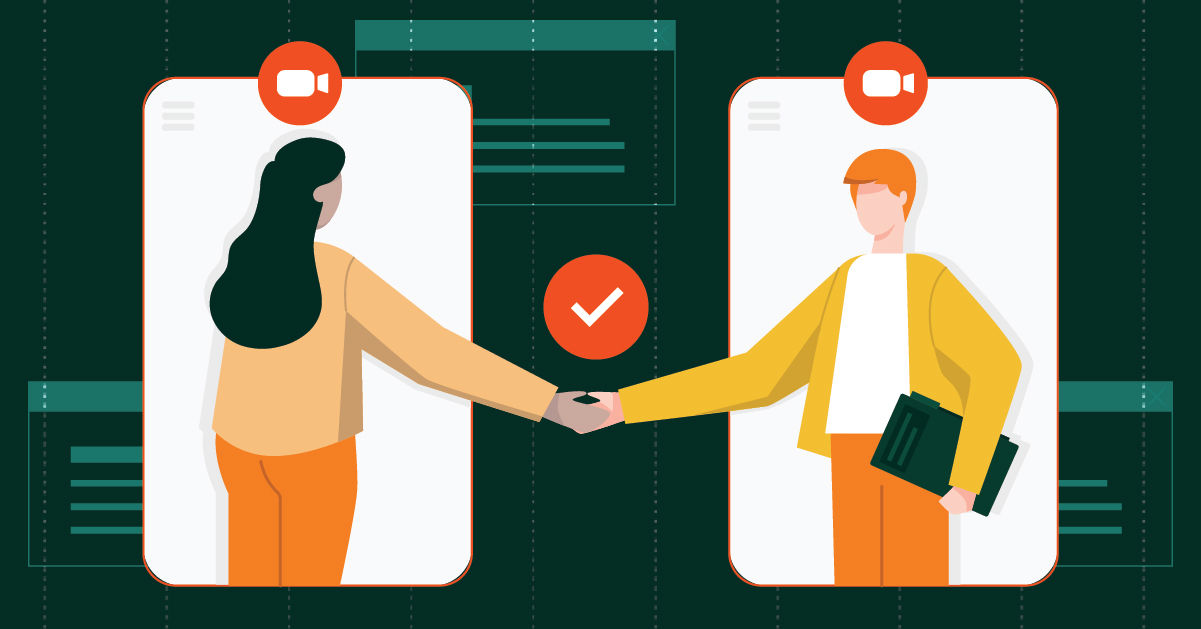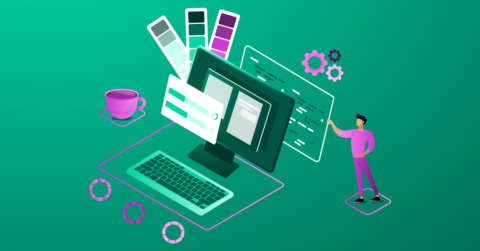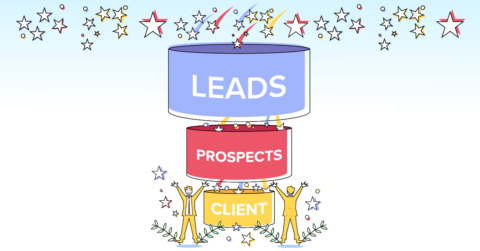
Successful Customer Relationship Management
10/13/23
customer success
Customer relationship management (or CRM) is one of the most important things to pay attention to. It’s not enough to just sell – any business can do that. You want your customers to be delighted, and to actually enjoy their interactions with you.
You do that with high-quality customer relationship management. Today we are talking about what exactly this is and why it’s important. We will also give you actionable advice for how you can put your own system in place. A system that not only values your customers, but leaves them delighted in their interactions with you.
What Is Customer Relationship Management?
At its most basic, customer relationship management is everything you do to manage your relationship with customers. Not just getting them to buy, but everything that comes after that.
This includes basically any interaction you have with a customer after they become a customer. Whether it’s onboarding practices, communication via email, or anything that puts you into contact with somebody that has bought, customer relationship management is far-reaching.
Think about it for just a moment, and you can start to see why these practices are so important. Happy customers are what you build a business off of. Not only do they buy, but they buy repeatedly. In addition, the happier they are, the more likely they are to spread the word about your offer.
In other words, customer relationship management is how you create more satisfaction, retention, and ultimately, profitability.
5 Tips For High-Quality Customer Relationship Management
1) Effective Communication
Perhaps the most important part of customer relationship management is communication. Whether it’s through your onboarding process or long-term email marketing, communication is how you keep customers informed. The importance of this can’t be overstated. After all, an informed customer is a happy one.
Effective communication is also how you set expectations. What will your customers receive and when? How can they most ideally use your product, and what kind of best practices should they be aware of? These are all things that need to be communicated.
For the best results, make your communication as personalized as possible. The kind of messages you send should be based on individual behaviors and preferences. This is where segmentation comes in. Engage your audience at the right time, on the right platform, with the right content, and good things will follow.
2) Customer Feedback
When it comes to CRM, feedback is gold. If you want to build customer relationships that matter, you simply need to listen to what they are saying.
The point of this is not to overly focus on the positive. Words of appreciation are always nice to hear, of course, and they can even make great material for social proof. That said, it’s the negative things people say, the criticism, and the suggestions for improvement that are your biggest opportunity. Not only to give people what they want, but importantly to show people that you are actually listening to them.
We have all done business with an organization that didn’t properly communicate with us – and we have all hated it. Communication is how you come to an understanding of the people you are serving. Take it seriously.
3) Staff Training
Like anything else, CRM can massively benefit from staff members that know what they’re doing. Your relationships with customers are wide-ranging, and can take place on a number of different platforms. Which actions do you take? Who is responsible for what?
These are questions that have a clear answer once you implement staff training. This isn’t just useful for your organization – it’s essential. After all, your staff members are the ones who have the most contact with customers.
As for how you train your staff? Have very clear standards for how all workers should deal with your audience. Set up a lost of the most common inquiries that customers will have, as well as the ideal way to answer. Also consider implementing the right tools. Useful software is one of the best ways to insure your staff-customer interactions are beneficial to both sides.
4) Streamline Processes
A well-oiled machine operates at maximum efficiency. In the world of CRM, this means timely, seamless delivery of superior customer experiences.
That’s why streamlined processes are so important. You should aim for a very clear sequence of what happens when, at every step of the user journey. Just like the last tip, be very clear about who on your team does what – and when.
You go about this but first identifying bottlenecks and eliminating them. This is what allows you to be as efficient as possible with your various actions. What are the major roadblocks between you and a predictable (and repeatable) customer journey? Only when you eliminate these can you approach a customer relationship management system that works for the long-term.
5) Multi-Channel Engagement
The fact is, when it comes to interacting with you, your customers will prefer a variety of channels. Some people will prefer live chat. Some will prefer email. Still others will want instead to reach out via social media.
A modern day customer relationship management system takes this into account. People simply have different preferences. A successful business will always take this into account, and aim to meet them where they’re most comfortable.
Of course, like everything you do, ensure consistency across all channels. Reinforce your brand image, creating a coherent tapestry of interactions. Your customers expect to have the same experience regardless of where they’re communicating with you. Make sure you make it possible.
…
Are you an enterprise, nonprofit or small business looking for help on your website? Give us a shout! We provide a free consultation. Email us at info@lughstudio.com or call us at (718) 855-1919!









